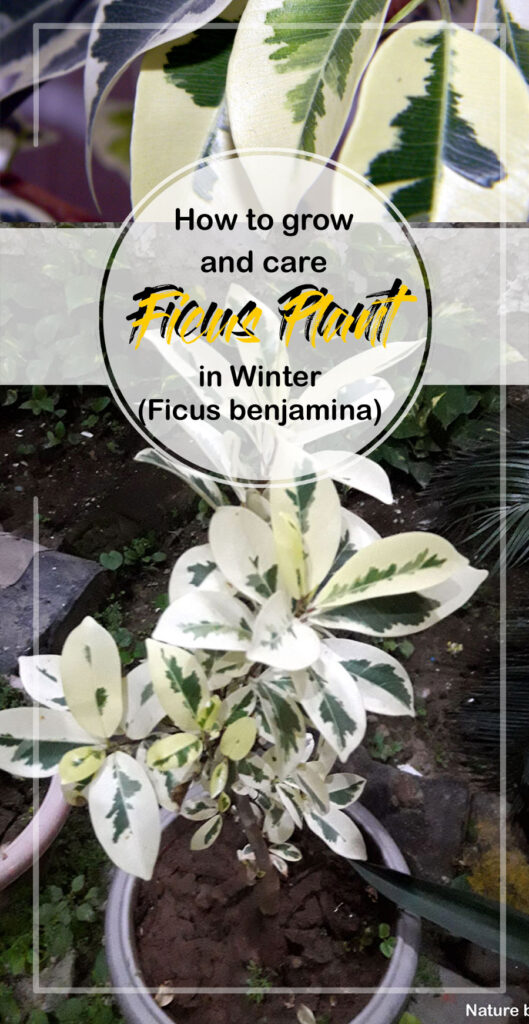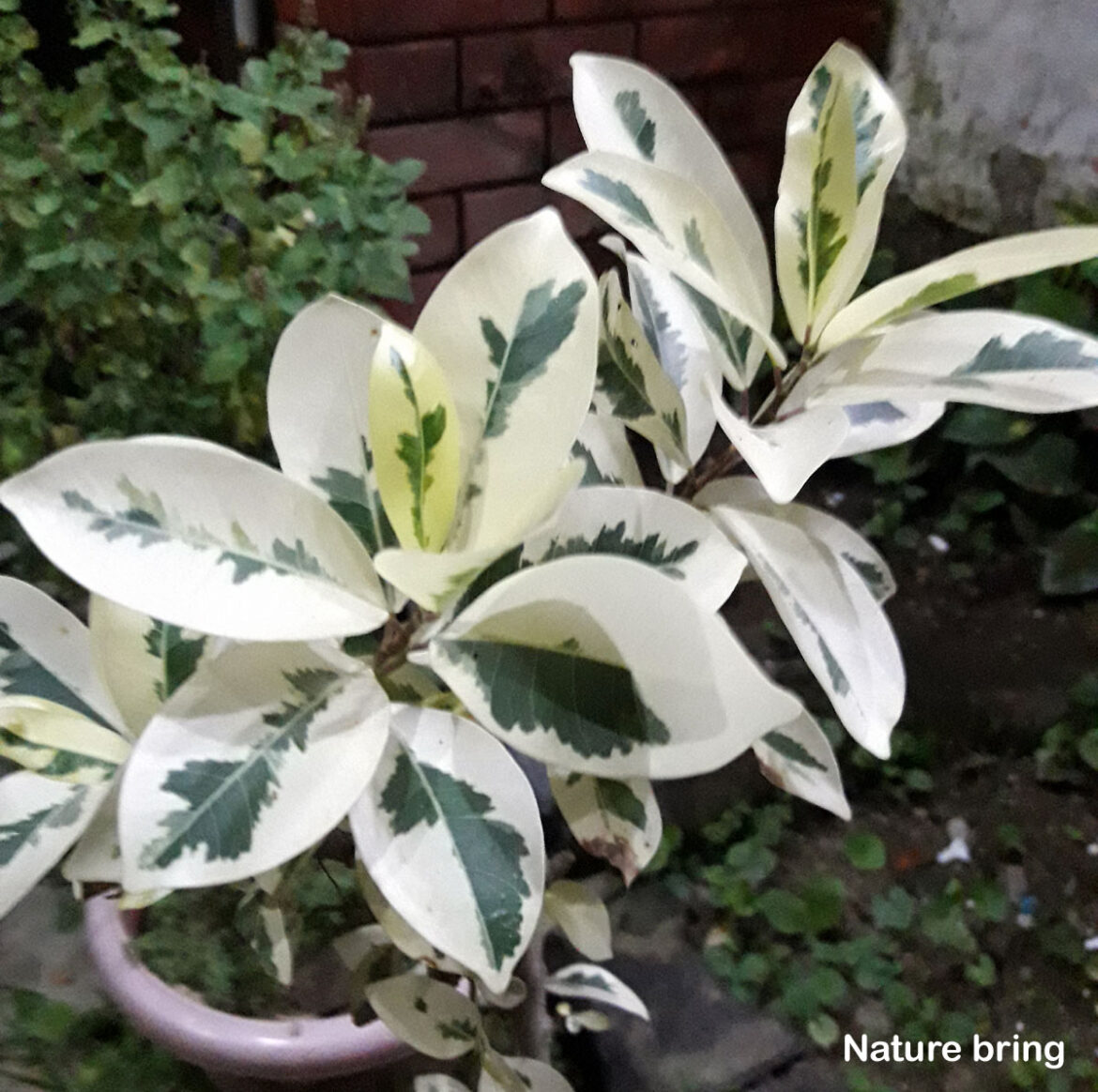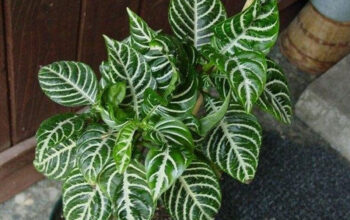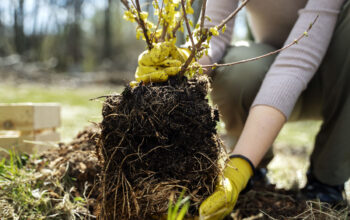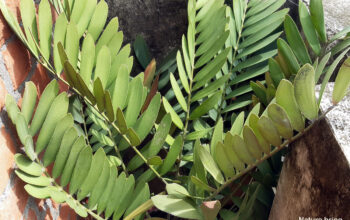Ficus plant in Winter (Ficus benjamina)
A broad range of indigenous species of the ficus genus create ornamental plants popular for indoor gardening, whether the area is in a house, a greenhouse, an office, or a hotel. Ficus plant (Ficus benjamina) are not challenging to grow, and most people above beginners can manage to grow them and maintain them quite well. Plants such as Ficus make wonderful ornamental house plants since they are appropriate for growing in a variety of conditions. Ficus trees have many forms, including trailing types, bonsai, and indoor varieties.
Winter maintenance for ficus trees can be challenging, especially when the temperature drops and the plant must be brought inside. It is not growth that ficus trees are trying to achieve during winter, but rather survival. Your plant can profit from healthy dormancy throughout the season when you preserve the proper care routine during cold weather.
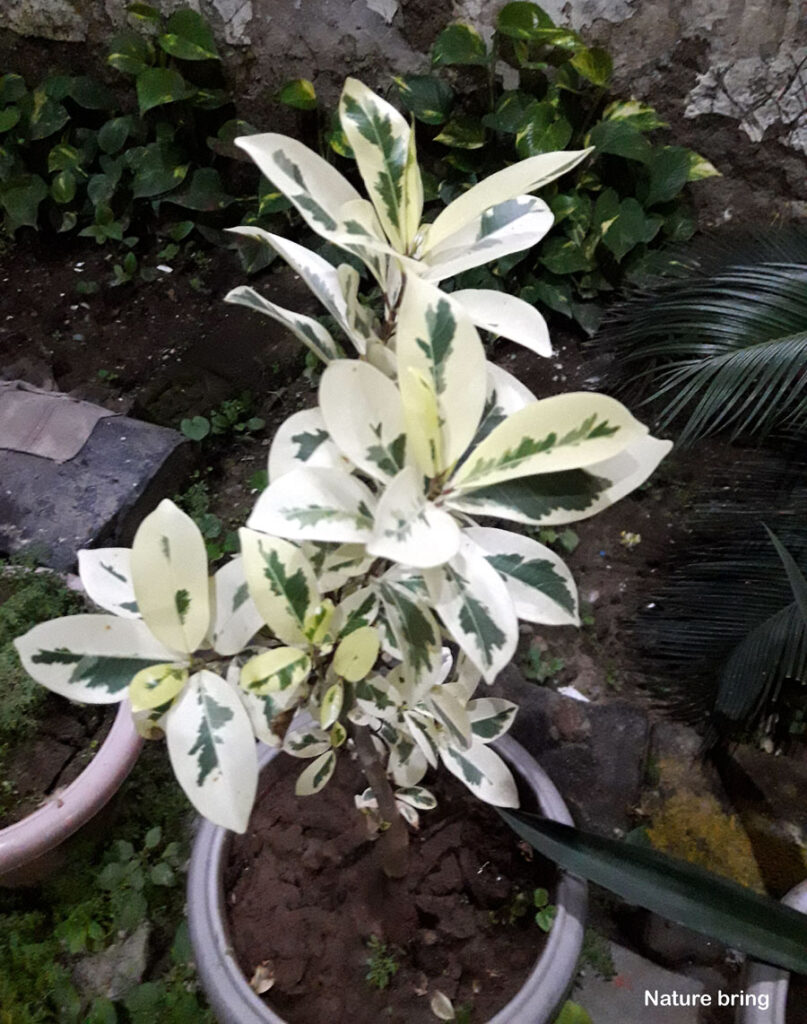
Preserving a Healthy Ficus Plant
Despite being apparent, this is a very important element to keep in mind. It is more possible for your ficus tree to suffer leaf drop and additional common problems in the off-season if it is in inadequate health when winter begins. In order to ensure your plant flourishes during the warmer months, make sure you carry the appropriate care steps before the weather turns cold.
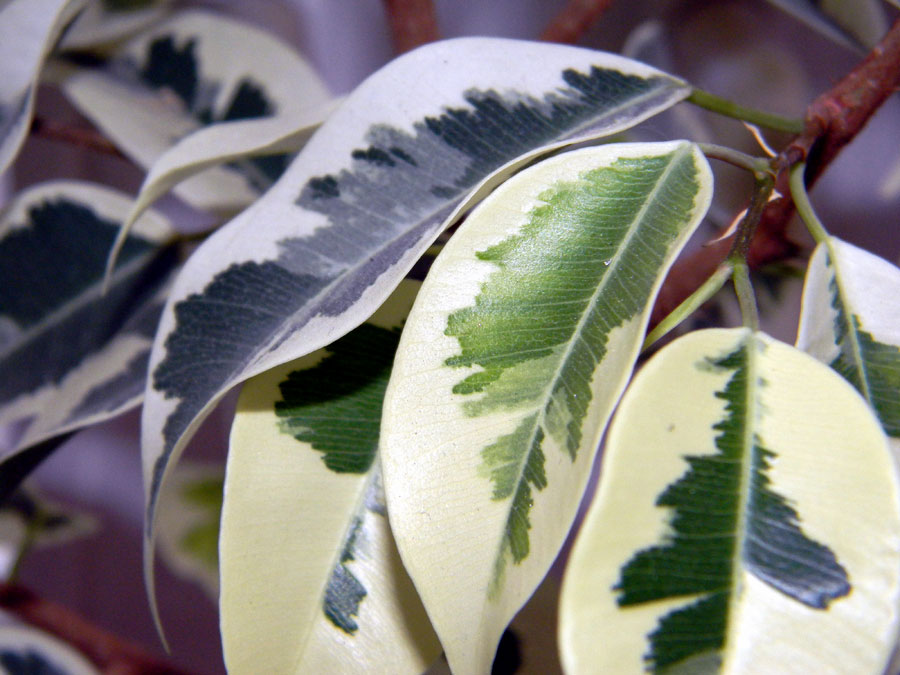
Root rot is a serious threat to the health of this species, so it is essential that it receives the suitable watering requirements. Make sure your pot has prosperous soil and drainage holes so that your ficus can succeed. Don’t overwater the soil, but ensure it stays consistent. If the soil feels soggy to the touch, reduce the portion of water. The plant will also benefit from fertilization every other month during the fall and winter, but you don’t required to fertilize it monthly during the spring and summer.
In addition to checking the foliage and pot of your ficus tree for pests and diseases before bringing it inside for the winter, if it lives outside during the growing season. Inspect your plants for disease symptoms, such as discolored leaves, red or brown spots, or fungus, and treat pest infestations such as mealybugs, thrips, and scale. In order to prevent the stretch of diseases or problems to your other houseplants, quarantine the plant until it is free from them.
Preventing Leaf Drop
The winter months are a period when leaves drop. It’s standard for your plants to lose some leaves as the temperatures decrease and the atmosphere becomes drier. You can preserve energy naturally by doing this.
Winter is the best period to moisten your ficus less than to water it more frequently when the leaves drop. A slightly more humidity would do marvels for this tree. Instead of hot and cold seasons, the ficus plant undergoes wet and dry seasons. Winters in the tropics are less wet, but humidity stays constant through the year. Mist the plant every other day to preserve humid conditions. You can employ a humidifier, humidifying tray, or simply mist the plant every other day to maintain humid conditions. The benefit of this is that it is advantageous to the health of your ficus tree and that it minimizes leaf drop.
Selecting an Appropriate Location Indoor
It is essential to deliver adequate light for ficus trees during the winter. Discover a spot in your home that brings abundance of sunlight if you plan to overwinter this species. Grow your ficus tree in full sun to offer it the best chance of growing: Ficus trees blossom in full sunlight in their native habitats, so they require six hours of direct light daily.
To create your ficus face the window, rotate it one-quarter turn each week. Maintaining the plant in this condition permits it to grow evenly. Your ficus may profit from a grow light if you find natural light hard to find indoors. Make certain your lamp is turned off at night so that it simulates a cycle of day and night.
Additionally, avoid revealing your ficus to drafts. A cold draft coming from windows and doors is one example, as is hot, dry air coming from heater vents. Drastic fluctuations in temperature can damage and weaken your plant. The dry air in particular causes ficus trees to lose leaves.
Read also:
How to grow Fiddle Leaf Fig in a container. Coleus plants (plectranthus scutellarioides) Growing and care tips. 7 indoor plants that greenery around you. Growing elephant ear plant at home. Syngonium Plant (arrowhead plant) growing guide.
For pin:
